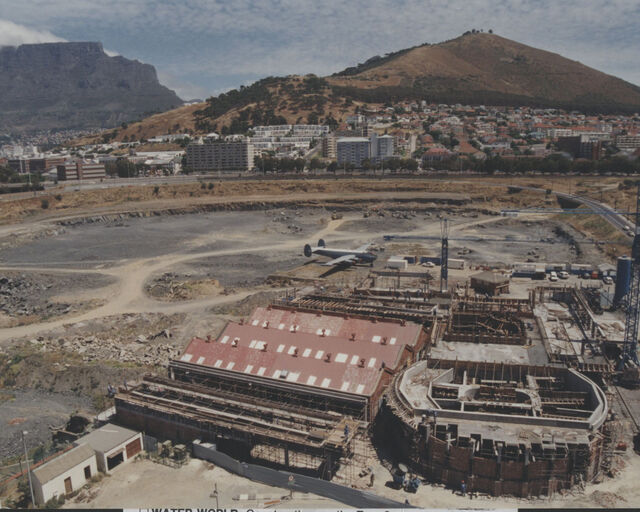The V&A Waterfront is a popular lifestyle destination for thousands of people, as well as a hive of activity for marine wildlife. The Two Oceans Aquarium is the perfect mediator between the humans and wildlife that call the Waterfront home.
Part of this ecosystem is a population of seabirds. These range from terns and cormorants to bigger species like gulls and gooses. In partnership with the V&A Waterfront, our Marine Wildlife Management Programme is involved with these seabirds daily, ensuring that their populations are healthy and that their interactions with humans are positive. SANCOB collects all injured or ill seabirds for rehabilitative care, and our team acts as first responders in the Waterfront precinct.
Here are some of the birds that you can spot in the V&A Waterfront:
Swift tern
Thalasseus bergii
Swift terns, or greater crested terns, are large birds with long, lemon-coloured bills and black legs. They have black “caps” on their heads – in mature swift terns, this black cap is very prominent and noticeably bushy at the back. Swift terns are very adaptable and decide on the best breeding grounds based on food abundance – this means that their breeding grounds can differ from year to year, allowing their population numbers to stay quite large. They are commonly seen along the V&A Waterfront in large flocks and feed on anchovies and sardines.
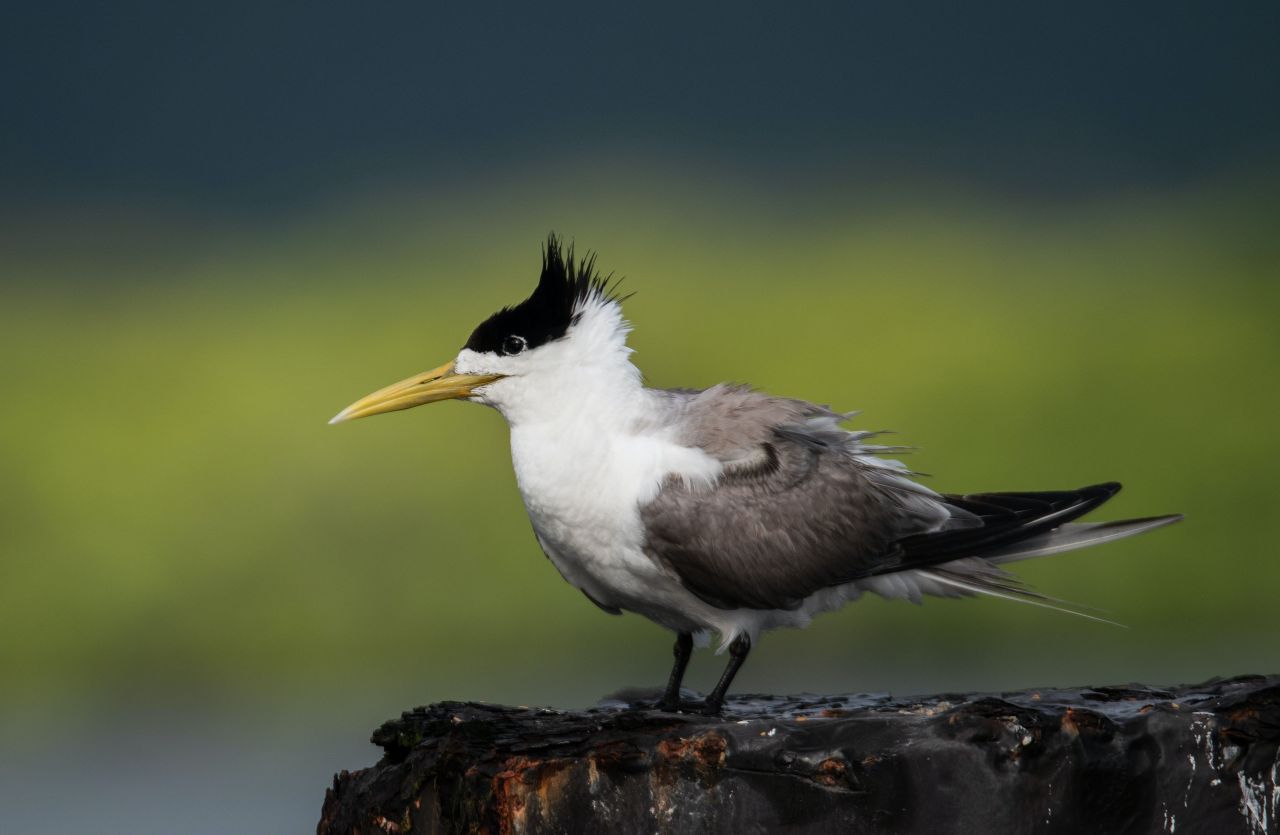
Cape cormorant
Phalacrocorax capensis
Cape cormorants are endemic to the southwestern coasts of Africa – this means they are found nowhere else in the world! Unfortunately, these birds are endangered due to overfishing and habitat change. As a foraging species that eat mainly pelagic schooling fish, like sardines and anchovies, commercial trawling vessels threaten their food source. At maturity, Cape cormorants have dark, glossy feathers, rounded heads, orange throat pouches, and striking turquoise eyes. At the Waterfront, they can often be seen perched on the harbour walls, sunning themselves, nesting near Den Anker, or swimming to catch prey.
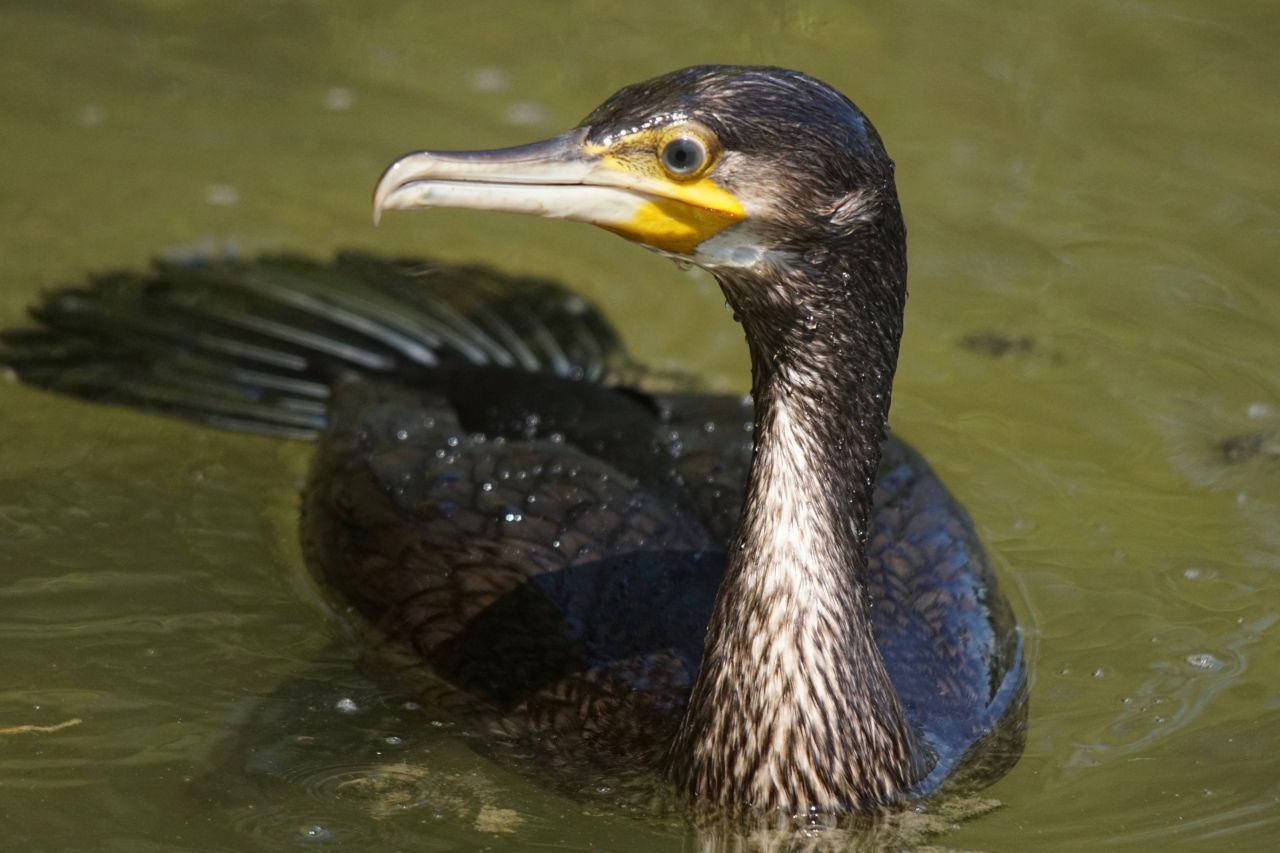
Grey heron
Ardea cinerea
Grey herons, quiet and serene, are a common sight along the canals in the V&A Waterfront. They mainly nest in small groups or as single pairs in tall trees. Grey herons are named for their grey plumage – adults have a white “crown”, black eyebrows, and a small, black shoulder patch. When in flight, grey herons pull their necks in to form that signature bulge you see in other herons and egrets. These birds have a varied, primarily carnivorous, diet of fish, small eels, amphibians, crabs, molluscs, and even small rodents.
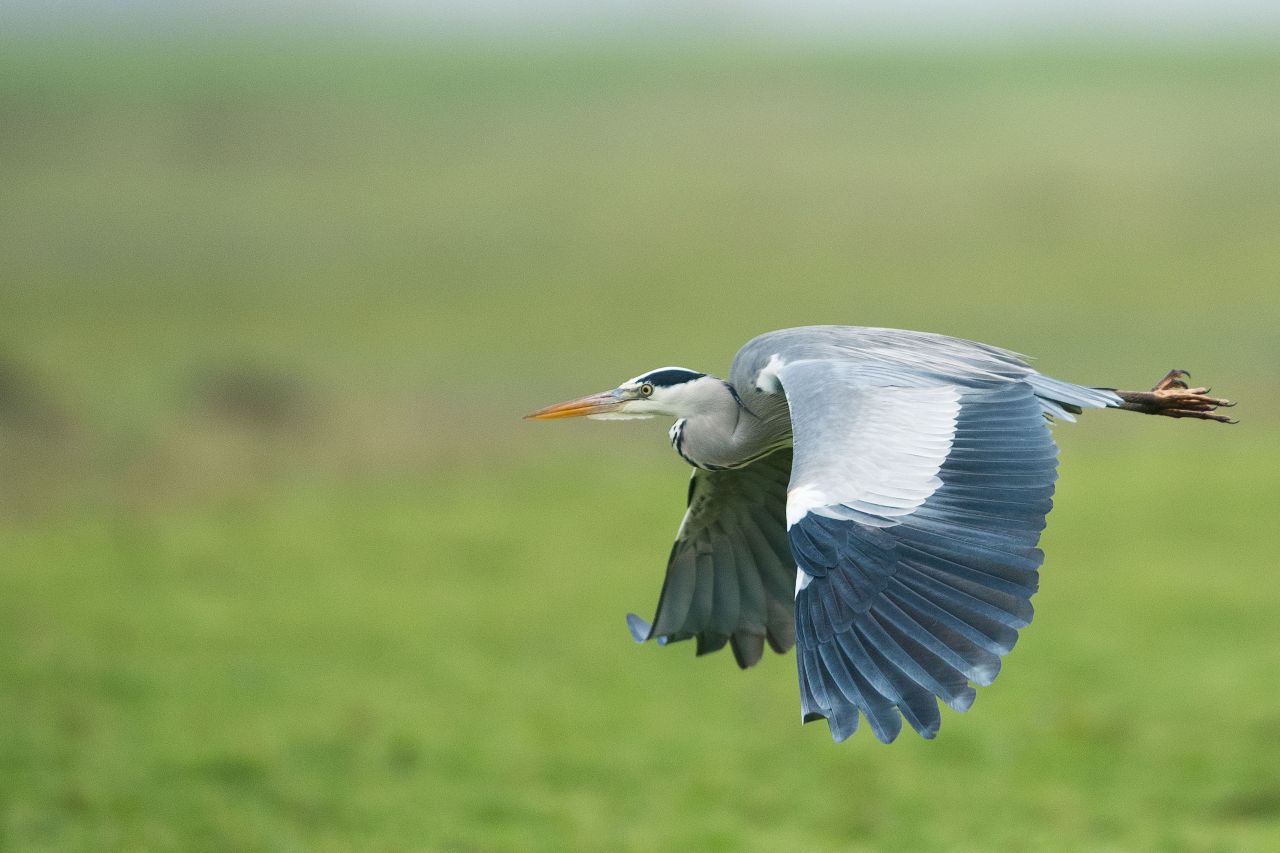
Hartlaub’s gull
Chroicocephalus hartlaubii
These gulls are one of the most familiar faces in the V&A Waterfront and often scavenge the unwanted chip or breadcrumbs of tourists... Hartlaub’s gulls are endemic to the Atlantic Ocean coastline of South Africa and Namibia. They have a grey back, dark eyes, red legs and bill, and a black tail. They are common residents in intertidal zones, harbours, coastal waters, and human settlements. Hartlaub’s gulls are incredibly adaptable, with a diet that consists of molluscs, crabs, insects, small fish, earthworms, fruit, and even refuse.
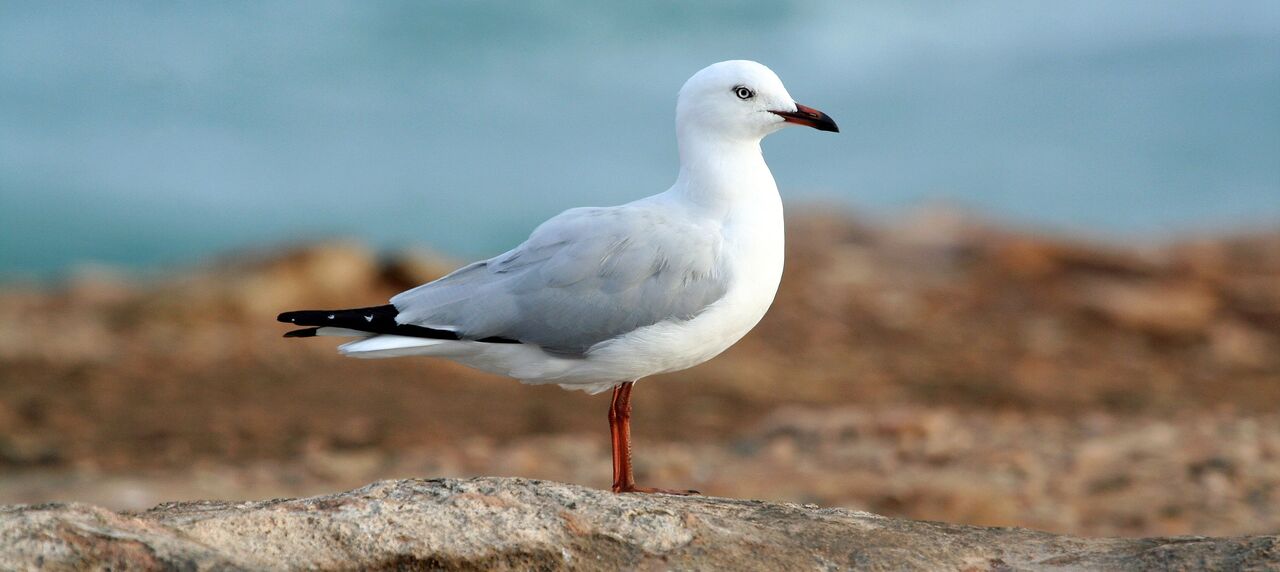
Egyptian goose
Alopochen aegyptiaca
Finally, the Egyptian goose is a well-known and vocal resident of the V&A Waterfront. These geese are native to Africa but have been widely introduced throughout Europe and parts of the United States. Egyptian geese have pale eyes surrounded by a dark patch, pink legs, and an overall greyish-brown plumage. In flight, their forewings are a bright white. They are usually found in pairs or family groups along the canals or near the harbour. Egyptian geese eat mainly plant matter, algae and aquatic weeds, as well as some insects.
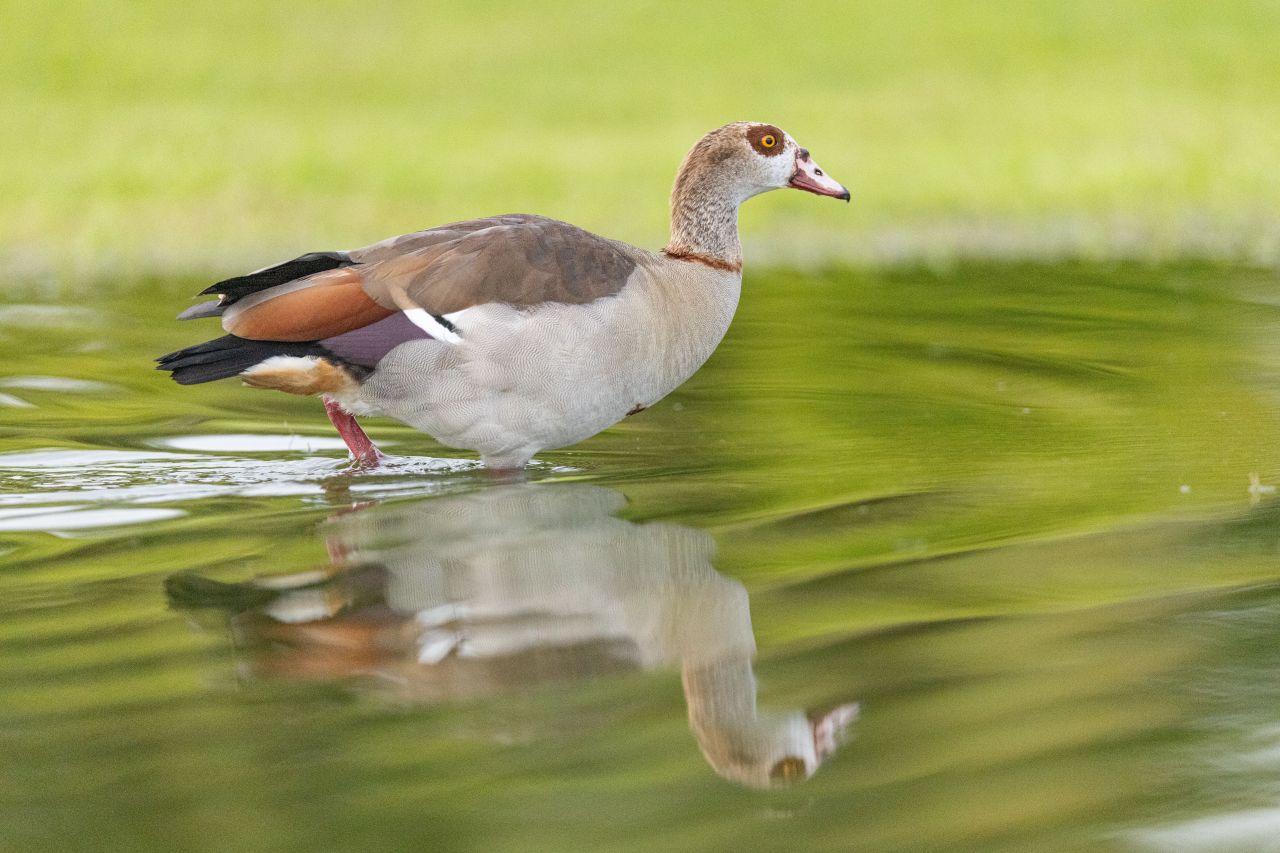
So, next time you’re in the V&A Waterfront precinct, keep a look out for these special seabirds. They are beautiful to see in their (and our) natural habitat. Seabirds are a vital part of a healthy ocean ecosystem, and we love having them as a part of our skyline.
See these birds on the Marine Wildlife Walk!
Together with the V&A Waterfront, we created the Marine Wildlife Walk with eight lookout points around the precinct. These points are where you may see marine wildlife as they go about their lives, feeding, breeding, resting, or playing. Look around you – our wild neighbours are everywhere: in the air, the water, and on the ground.



